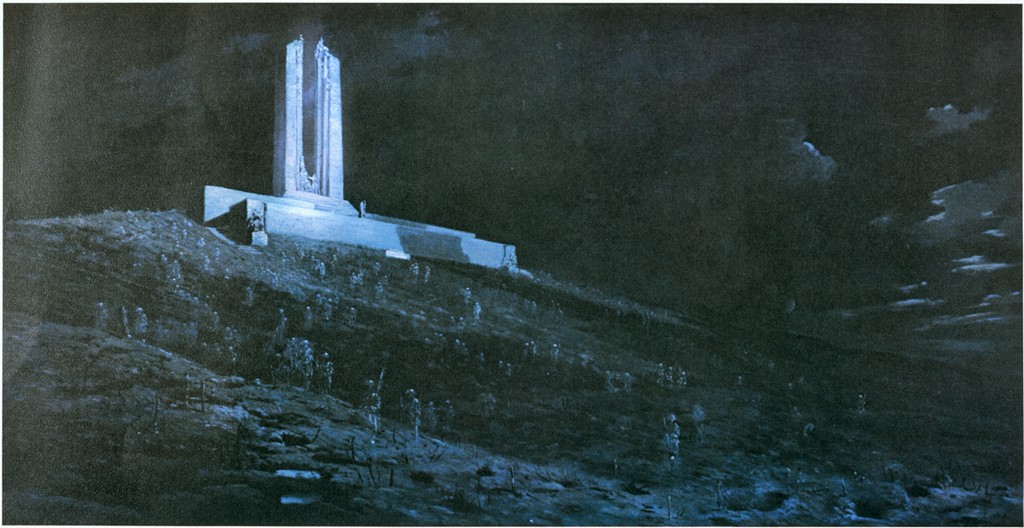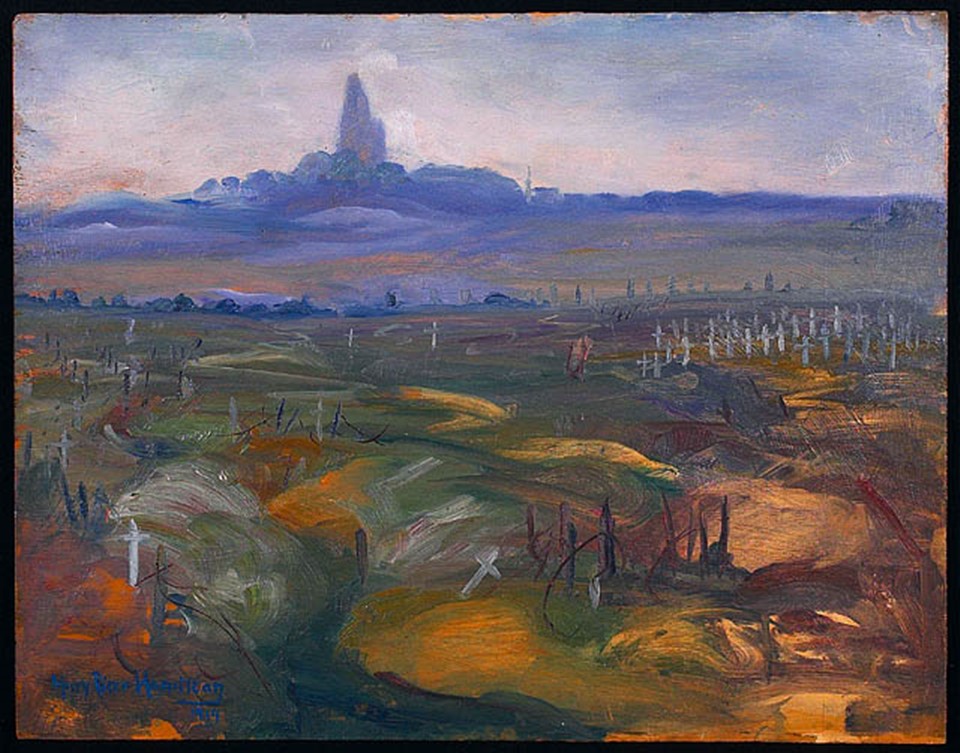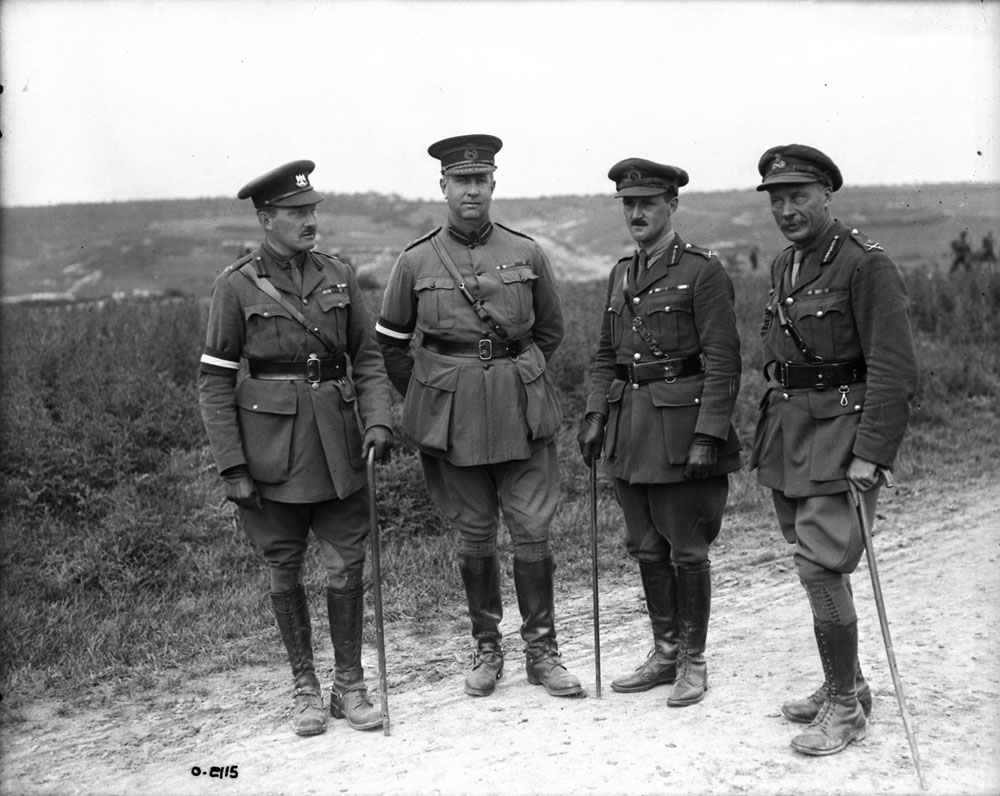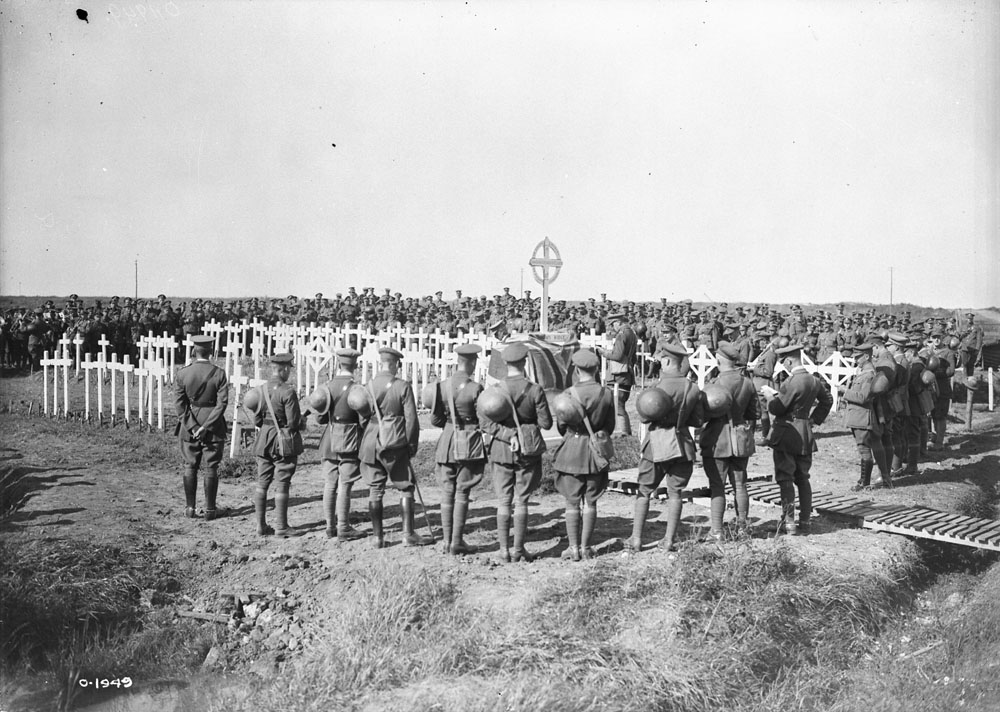To Remember
Placing Vimy in Context
Success at the Battle of Vimy Ridge was an important victory for Entente forces. It was the first clear success in a protracted, stalemated war of attrition that had already lasted three years at the time of the battle. It was especially significant for a small colonial nation like Canada, whose army achieved a near-impossible objective where others had failed before. However, for a true understanding of the Battle of Vimy Ridge and its meaning, it is important to put it into the wider context of the First World War as a whole.
The Battle of Vimy Ridge was limited in its scope. It was a ‘bite and hold’ operation with the goal of taking and holding the high ground of the ridge. Undeniably, this was a valuable conquest with local tactical value. However, the battle was not a turning point or breakthrough in the war. It was never intended to be one. Instead, it was one of many operations in the larger Battle of Arras.
Relevance
Acknowledging that one of Canada’s seminal battles was only a small part of a larger battle, which was in itself a small part of the greater war effort, in no way minimizes the importance of the battle to Canada as a nation, nor the sacrifices and contributions made by the those who fought there. What it does is raise the question, why do Canadians still remember this battle a century later? Why is Vimy more passionately commemorated as compared to Canadian actions at Ypres, the Somme, Passchendaele, or during the last 100 Days?
The Battle of Vimy Ridge is worth remembering and examining because it can teach the student of history valuable lessons. For example, one can draw significant meaning from Currie’s insistence on thoughtful observation, learning from past failure, and thorough preparation. In addition, battle elements like the creeping barrage, counter- battery fire and the use of preliminary artillery bombardment were refined in the hands of the commanders at Vimy, providing a model to be used and adapted going forward in the War. Vimy also provided a training ground for the very successful new platoon organization and the concept of distributed intelligence, where even the lowest ranked soldier was aware of objectives and given access to maps and critical intelligence. This advancement may not have been possible in a purely British or French military context because of the traditional hierarchy in those societies that simply did not exist amongst Canadian troops.
Despite what can be understood from careful study of the Battle of Vimy Ridge, it is often not remembered for the lessons that it can impart. Instead, it is memorialized as the ‘birth of a nation.’ Vimy Ridge was the first time that all four Canadian divisions fought together as a united fighting force. Although the British retained the ultimate command of the battle, Canadian leaders, like Currie, demonstrated their mettle and were recognized for their contributions, going on to play increasingly important and powerful roles in future battles.
Vimy also marked the beginning of an unbroken string of Canadian successes that lasted until the end of the War. Canadian soldiers, the public back home, and indeed the world, saw the Canadian armed forces as an elite, professional fighting force—they had come a long way from the “disorganized rabble,” a ragtag group of amateur citizen-soldiers who had been shipped overseas in 1914. Naturally, Canadians had a growing sense of pride in the hard-earned victories on the front line and particularly in Vimy, since no other nation had been able to take the ridge.
Grief from the immense personal and collective losses at Vimy also played an important role in imbuing Vimy with meaning. It is difficult today to comprehend the impact of losing 3 598 men in a single four-day battle, let alone the more than 68 000 Canadians who were lost in total during the First World War.
Finally, due in part to the Canadian’s success at Vimy, Canada was given a seat at the table at the Paris Peace Conference in 1919, independent of Great Britain. Canada went on to develop a completely autonomous foreign policy, to have a voice in world affairs, and to have a vote at the League of Nations.
Despite these reasons, it is worth carefully evaluating whether or not Vimy Ridge could possibly be the defining moment of Canadian nationhood. Can an event that occurred thousands of miles from the homeland, whose outcome did not directly impact the lives of most Canadians, truly be considered the birth of a nation? It is also important to note that Canada’s founding peoples: the First Nations, French, and British, had all lived together (at various levels of peace and discord) for centuries by the time of the battle. To claim that a single overseas battle marked the nation’s birth rejects more than three hundred years of history. Finally, the heavy losses at Vimy contributed to the divisive Conscription Crisis that pitted English and French Canada against each other—hardly a nation-building event (see Conscription Crisis and Canada’s Wartime Elections Act of 1917).
Myth and Truth
Vimy Revisited. Birth of a Nation. Ross. Canadians Only. Innovative Ideas. Technological Change.
Vimy Memorial
1936 Unveiling. Symbols + Statues. Mourning. Hitler's Respect. Walter Allward. Poppy: Moina and Anna.
To Remember Quiz
Vimy as a Framework. The Vimy Monument. National Story. Canadian Identity.




